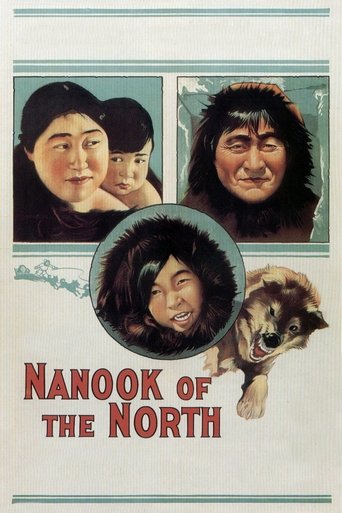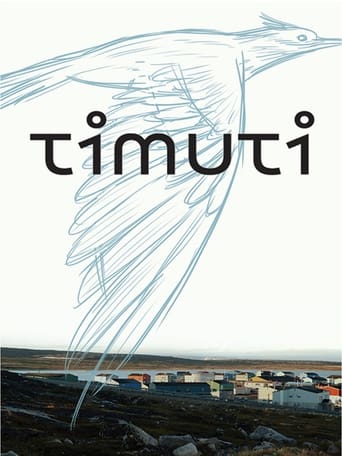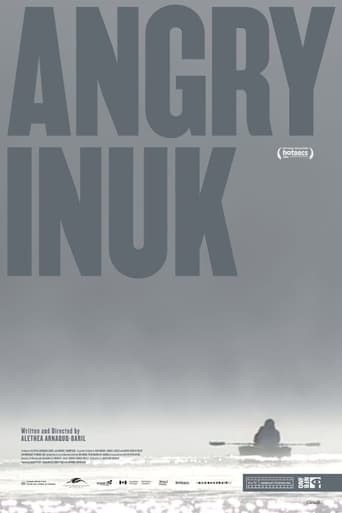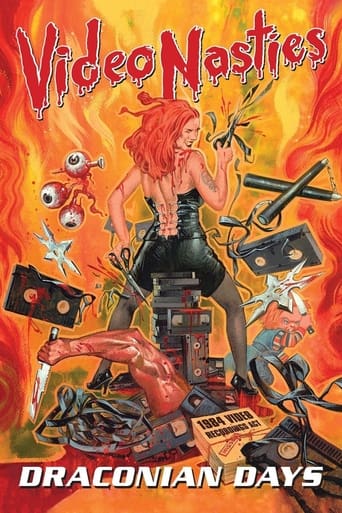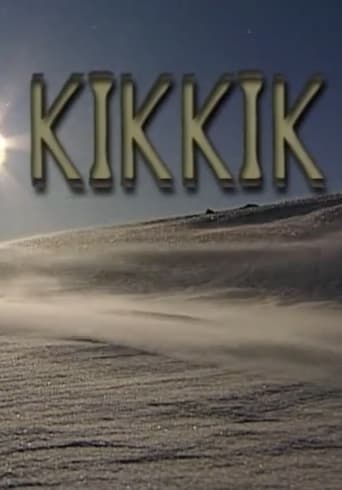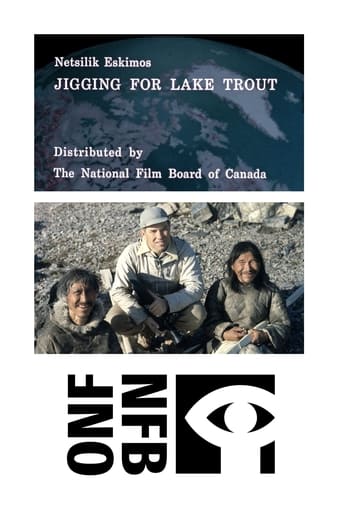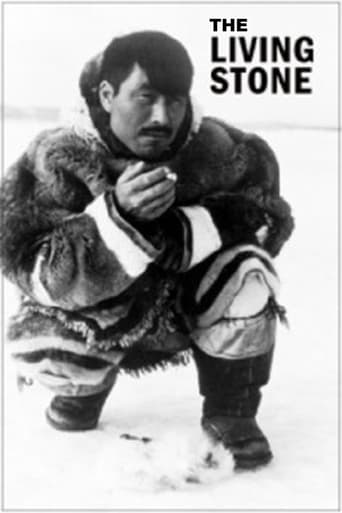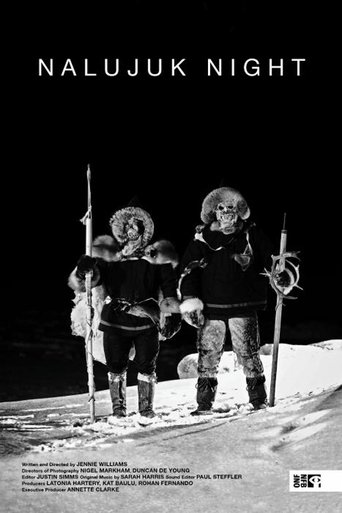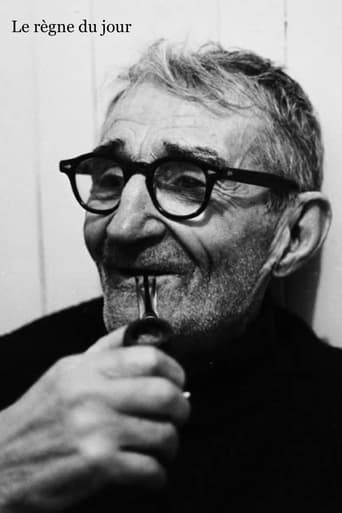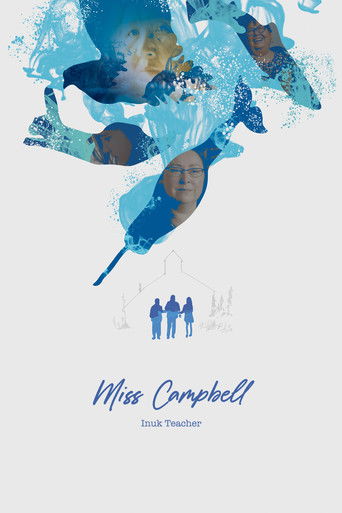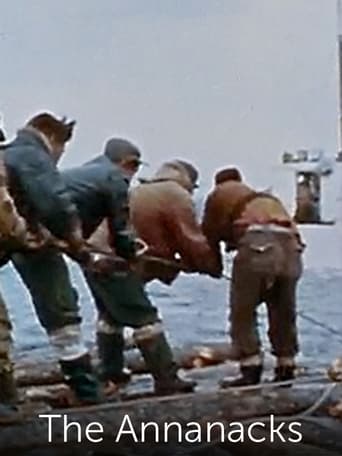
12 Apr 2025

Surrealistic Nightmares: An In-Depth Look at Walloon Horror Cinema
After researching the Flemish horror cinema in "Forgotten Scares", director Steve De Roover - with the help of co-director Jérôme Vandewattyne (Spit'N'Split) - digs deeper in the follow-up documentary "Surrealistic Nightmares" and shows the beginning of Walloon horror cinema in the '20s (!) and how the genre evolved during the following years. Through unique experiences from the original cast and crew, horror experts and various genre journalists, a broad and in-depth picture is painted about the one-of-a-kind horror legacy from the French side of Belgium, without forgetting the difficult cinema landscape of this small country with two very different languages. "Surrealistic Nightmares: An In-depth Look at Walloon Horror Cinema" is illustrated by exclusive behind the scene footage, famous film scenes and loads of original promotional artwork.
